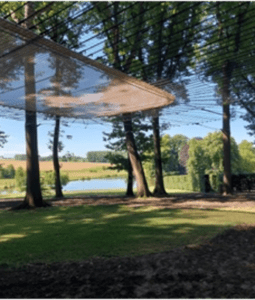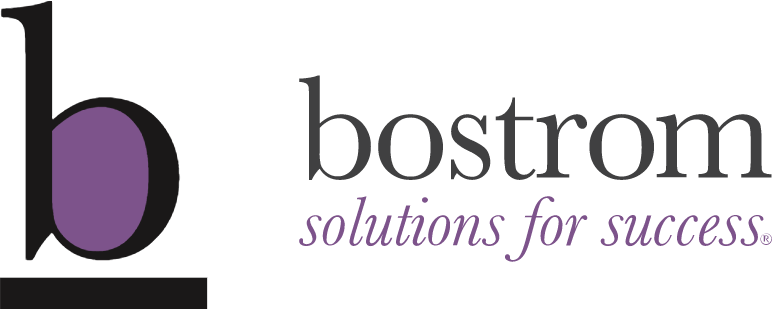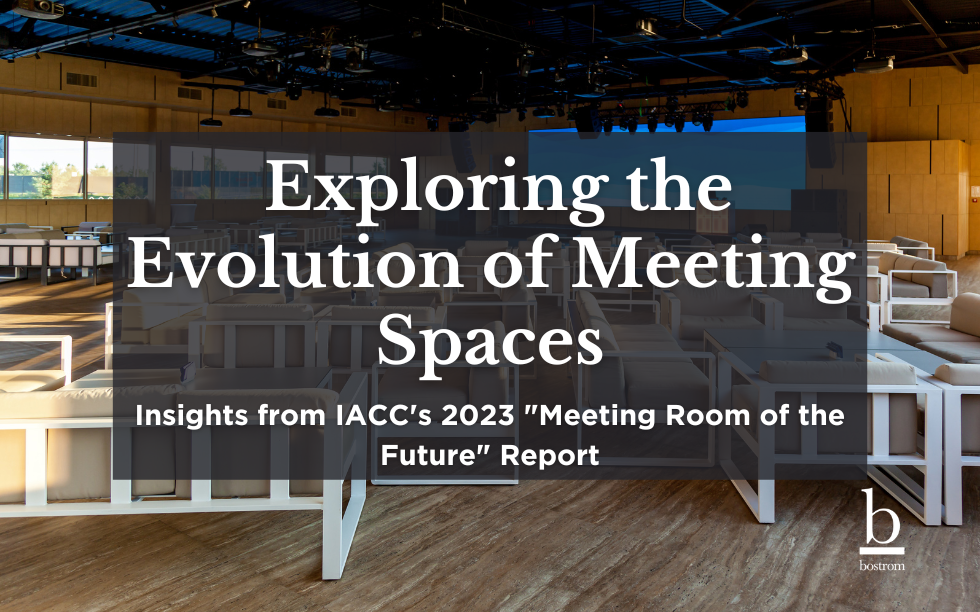Navigating the dynamic world of meetings and conferences is a critical endeavor for today’s association executives. Mark Cooper, CEO of IACC, a Bostrom Client Partner, offers a unique perspective on this ever-changing landscape. His insights, drawn from the 2023 update of “The Meeting Room of the Future” report, highlight the latest trends and challenges in the realm of event planning, providing valuable guidance for professionals in this space.
The Genesis of “The Meeting Room of the Future”

Mark Cooper, CEO of IACC (via IACC Website)
Cooper noted that the concept for “The Meeting Room of the Future” began in 2016 when IACC identified a significant gap in global industry research, focusing predominantly on larger conferences and conventions. Recognizing the creative and flexible potential of smaller events, typically under 200 attendees, IACC embarked on a mission to explore this sector more deeply—the initiative aimed to influence the industry by highlighting innovations and creative approaches from these smaller gatherings.
Evolving Trends and Findings
When asked about a trend that has noticeably evolved over the past few years, Cooper noted that participants overwhelmingly shared the shifting focus toward the attendee experience. Rather than budget or legislation, the overall value delivered to attendees has become a central pillar in meeting organizations. This evolution signifies a move towards experience creation as a fundamental aspect of planning, with continuous change being a constant. The latest report revealed to Cooper and the IACC team, an unexpected trend: Americas-based meeting planners ranked sustainability as the least important in social rankings. This contrasts sharply with planners from other parts of the world, who placed it at the forefront. This divergence highlights varying regional priorities and approaches to event planning, especially for those who are planning international events and working with on-site teams around the world. As one of the major focal points highlighted in the report, the concept of “creative spaces” is gaining momentum. Cooper noted some examples that are trending and foresees to only expand in future meetings. “Unique outdoor settings like treehouses, in-ground spaces, or suspended platforms, like the one pictured, can create a collaborative and refreshing space for meetings.”

photo via IACC
While transforming indoor areas like tiered lecture rooms into cinema rooms for evening entertainment and designing social spaces outside the meeting room can foster valuable informal interactions. “These innovations reflect a growing desire for versatile and engaging environments.” A significant challenge identified by planners revolves around technology, particularly the reliability of live streaming for hybrid and virtual events. This concern underscores the increasing importance and complexity of integrating technology seamlessly into meeting formats. IACC’s “The Meeting Room of the Future” report offers invaluable insights into the evolving landscape of meeting and conference planning. As the industry continues to adapt and innovate, these findings provide a roadmap for future success. Stay tuned to Bostrom for more updates, and don’t forget to explore the full report for a comprehensive understanding of these trends.





